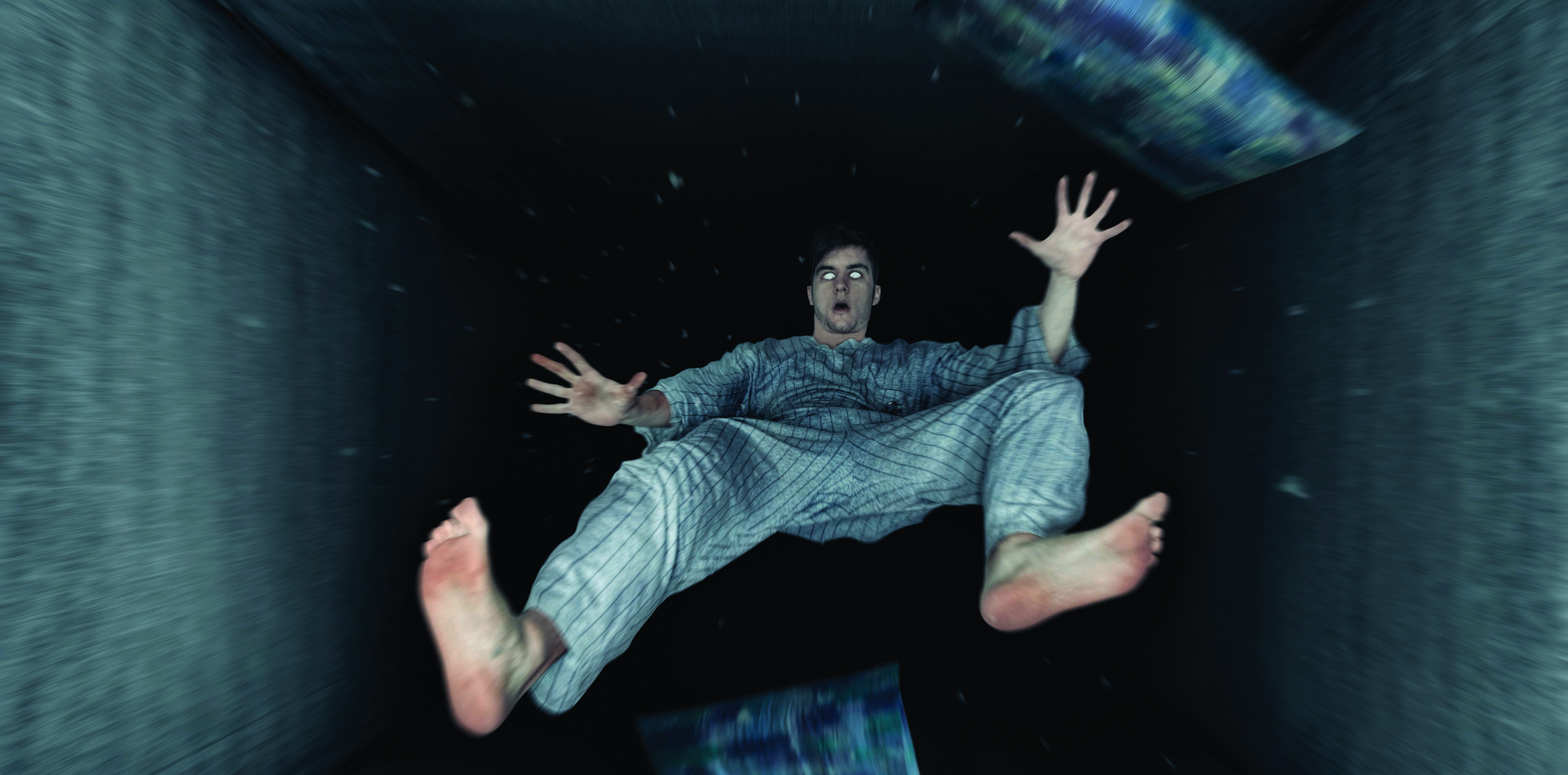The forensic aspects of sleep disorder are increasingly coming up before court
To die, to sleep – to sleep – perchance to dream: ay, there’s the rub, for in that sleep of death what dreams may come when we have shuffled off this mortal coil, must give us pause.
– William Shakespeare, Hamlet
The sight of a pleasant senior couple in the waiting room was reassuring; less so was the black eye sported by the husband. Where, I wondered, could that have come from? Surely not from the spry septuagenarian at his side?
Which just goes to show how wrong first impressions can be. The black eye had indeed been administered by his wife in a desperate attempt to prevent him from strangling her in bed. This was not what one would expect from a perfect Darby and Joan couple.
The story that unfolded explained all. Mr Darby, as we shall refer to him, was a veteran of the war against the Japanese, having experienced combat in New Guinea and Borneo. This had been far from a picnic and since then he had been beset by horrendous nightmares of his experiences.
Like many veterans, he never sought treatment, got on with his life as best he could, married, worked and retired. He did not drink and a close and supportive marriage kept him going.
Several days earlier occurred the event that brought him to my rooms. He had gone to sleep with the usual nightmares ricocheting around his head, only to wake and find, to his horror, that he was trying to strangle his wife.
The nightmares, as he explained, always involved violent struggles in hand-to-hand combat with the Japanese enemy and it seemed as if he were still in this situation. Had Mrs Joan not delivered, with such impressive accuracy, a formidable punch, he would have killed her.
Mr Darby was devastated. He loved his wife and could not understand how the outburst had occurred. It was beyond comprehension, but he felt he was guilty of unconscionable behaviour.
The explanation was not long in coming. Mr Darby had been in good health until recently when his doctor found early changes of Parkinsons and he was waiting for an appointment with the neurologist. The episode had occurred around 2am. His sleep history was otherwise normal; there were no parasomnias, such as sleep walking or talking.
Mr Darby had Rapid Eye Movement Sleep Behaviour Disorder (RBD). In simple terms, what occurs is that the protective muscular paralysis in REM sleep breaks down, leading to intense violent motor activity and, in extreme cases, violent acting-out of dream material.
Something like 90% of cases occur in men over 65 years, but the age range in both sexes extends from eight to 80 years. In the older male group there is a strong association with neurodegenerative disorders, such as Parkinsons and Alzheimer’s disease. It can also be produced by some psychotropic medications.
Sleep, an activity which occupies a third of our lives, has intrigued philosophers, doctors, scientists, prophets and mystics since the beginning of time.
The decisive breakthroughs only came in the twentieth century with the 1924 discovery of the electroencephalogram (EEG) by Hans Berger, who was able to show the rhythms of the waking and sleeping brain.
Jump to 1953, when Eugene Aserinsky, using an obsolete piece of equipment to make tracings, discovered Rapid Eye Movement sleep (REM sleep), a feature of the sleeping brain associated with intense dreaming, eye movement, muscle atonia and male erections. From this point, understanding of sleep physiology escalated exponentially, as did the investigation and treatment of sleep disorders.
RBD is a unique example of a condition being predicted in 1965 – from Jouvet’s work on cat brains – before being identified in 1986. Its significance should not be underestimated, both as a predictor of neurodegenerative disorder and sleep violence, including murder.
The courts have had to juggle with this problem, one legal solution being the finding of a non-insane automatism which exonerates the accused from conviction.
Once RBD is identified, the solution was not far in coming. There are a number of drugs that control the condition, including antidepressants. Mr Darby was put on clomipramine (Anafranil) and had no further problems with sleep violence. An unexpected benefit for him was that the nightmares faded, a good way to alleviate his combat stress.
So much for RBD. The forensic aspects of sleep disorder are coming up before courts all the time. Sexsomnia – the allegation of raping someone during sleep – is leading to some wild claims which cannot always be substantiated; others can be confirmed by sleep study.
The commonest cause of death in sleep arises from sleepwalking. This includes murder, so caution should always be used when rousing someone.
To add to the challenges, bizarre behaviours from the “Z drugs” can lead to death in various ways.
All of this provides challenges for the legal system to integrate new developments in sleep science.
More important is for the rest of the medical profession to catch up with the developments in sleep medicine.
Robert M Kaplan is a forensic psychiatrist who, when awake, likes to write about psychiatry, sleep and history


